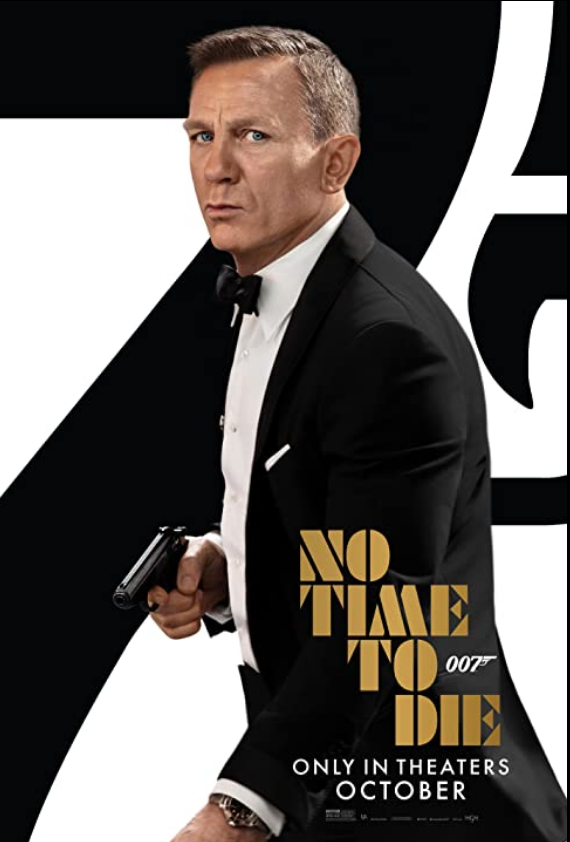
What surprised me while watching “No Time To Die”, the latest in the James Bond franchise, was how much it pulls its musical cues from the 1969 classic Bond film “On Her Majesty’s Secret Service”. Its not just ironic that Bond whispers to Madeline Swann (Lea Seydoux) “We have all the time in the World”, when knowing it is the final mission of this Bond, the same Louis Armstrong song’s rendition by John Barry plays throughout On Her Majesty’s Secret Service and No Time to Die, especially when both Craig and Seydoux’s character are in the same frame. It is not a coincidence that the musical cues are so similar, both films feature a Bond softened by love, emotionally vulnerable, and James Bond of the Daniel Craig era, especially in No Time to Die is allowed to be vulnerable.
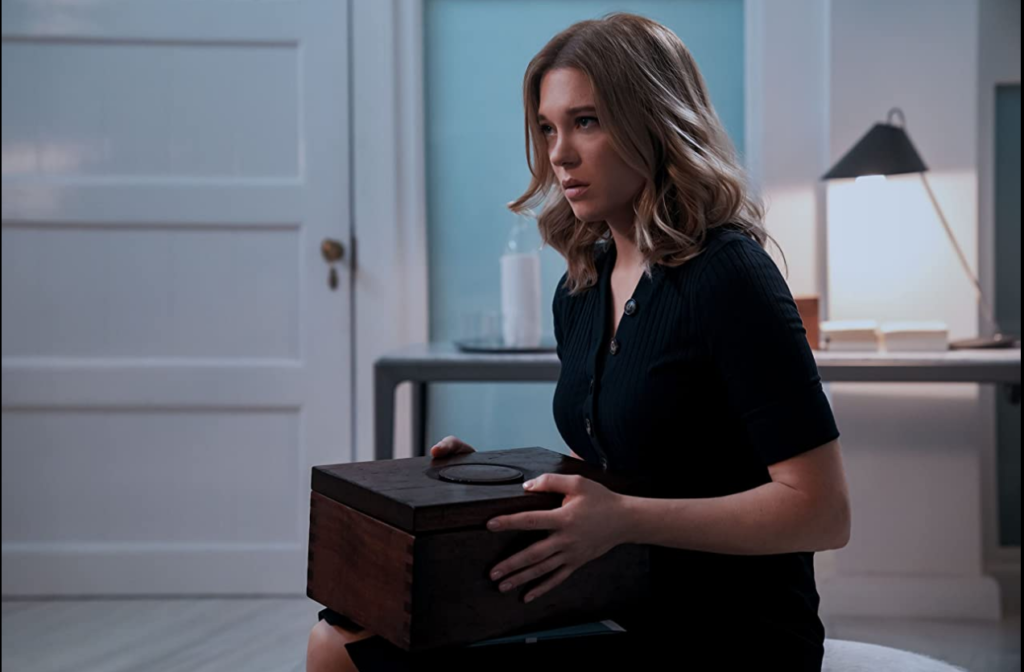
If the above paragraph is any indication, yes No Time to Die looks back to its history. It is a throwback in more ways than one. The plot ludicrous as it is, the villain, the hidden lair on an island, its all the trademarks of the Bond franchise one comes to expect. What works in this movie is Bond and Swann’s relationship, with Seydoux finally allowed to spread her wings, becoming the beating heart of the film in the process.
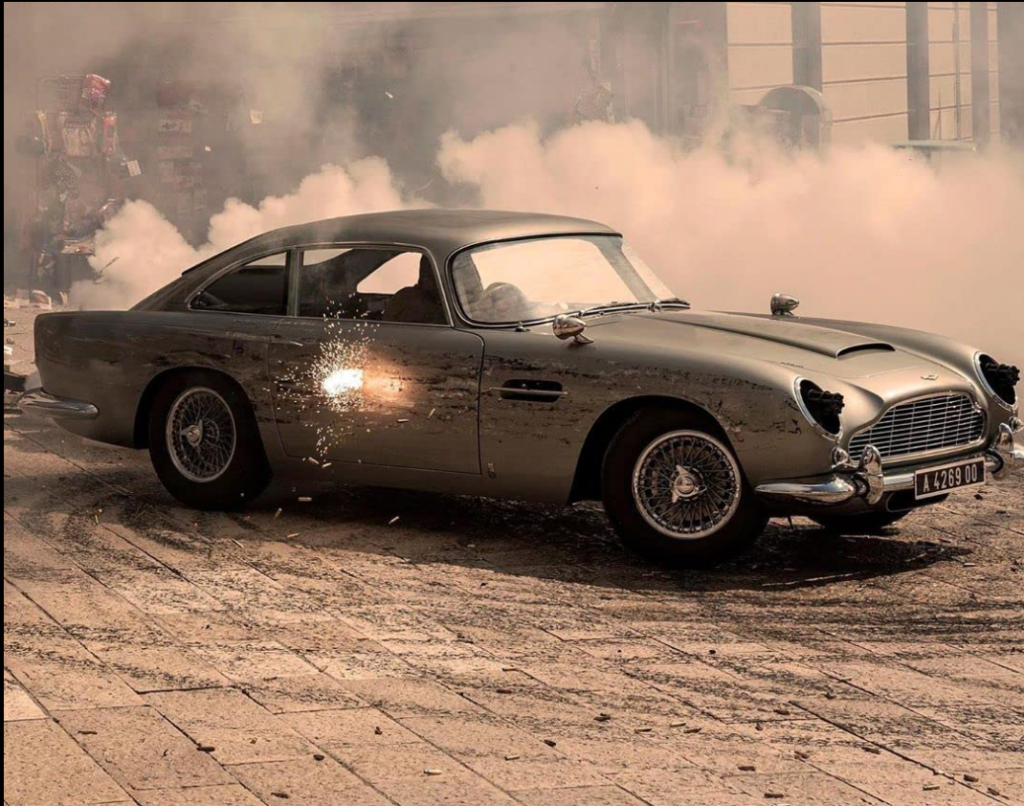
The opening 30 mins of the film is exhilarating, Fukunaga’s handle on the action sequences are almost perfect. The opening moments of an explosion comes to mind, where Bond tries to get his bearings and the voices and sounds are all distorted. Then he gets his bearings back and the action sequence, from a foot chase, to a motocross bike chase, to finally a car chase through the cobbled streets of Italy, ultimately ending in an emotional climax which is just beautiful imagery, that opening sequence raises the stakes for Bond at least emotionally in the movie.
The opening credits design too hearkens back to the past. The little colored dots at the beginning filling the screen culminating in a minimalist revelation of the name of the film is very Dr. No inspired. The opening credits too is far more elaborate than you remember SPECTRE to be. At least the xenomorph motifs of the SPECTRE opening credits is gone.
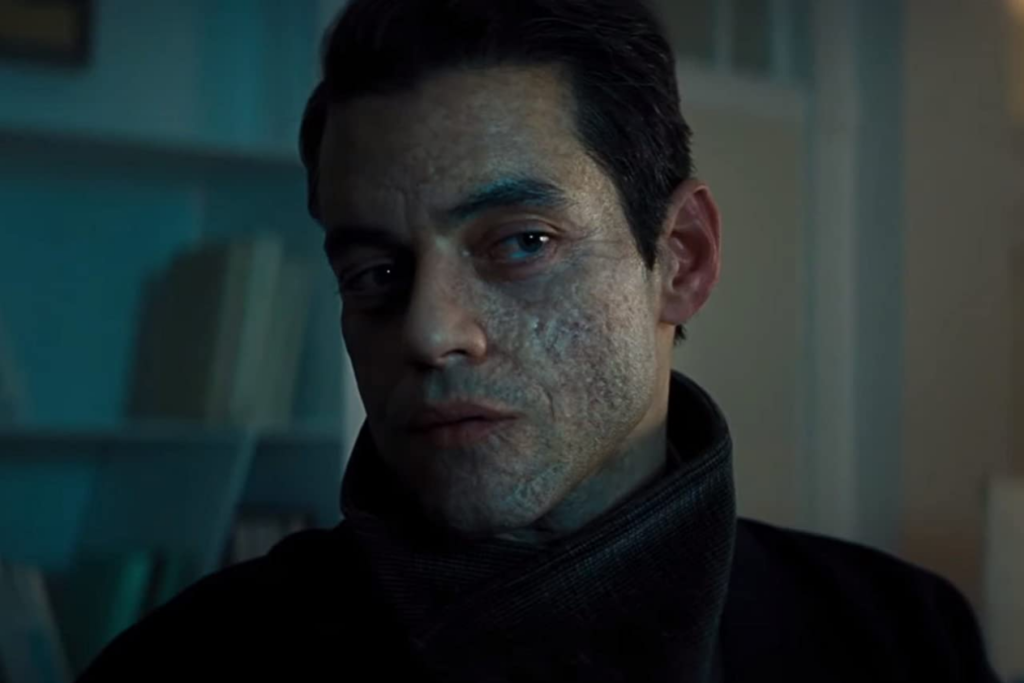
But ultimately at its core No Time To Die’s plot is frankly not its strongest suit. The villain’s motivation and the weapon he is planning to utilize is far more prescient than you would expect, unfortunately. Also Rami Malek billed as the big bad is disappointing because he is the typical Bond villain with the facial disfigurement and the accent. And his connection with Madeline feels tenuous at best, while his motivation feels underdeveloped. Also Holywood’s obsession with associating disfigurement in physicality to deformity of soul is frankly unbecoming, especially in 2021. A majority of the bond villains, have all been deformed in one way or another, and that makes for interesting visuals, but character development is trite.
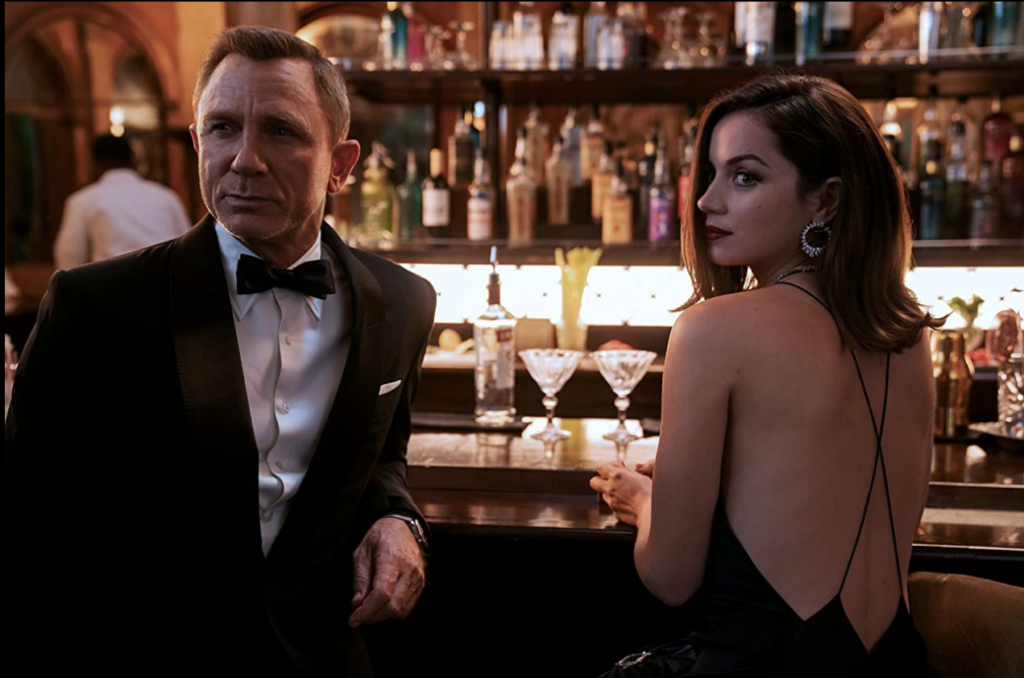
But where No Time to Die succeeds is in the action set-pieces as well as the additions to the supporting cast. Ana De Armas’ Paloma, a rookie CIA agent is fantastic and eye pleasing because she is funny. Lashana Lynch as Nomi is capable as an agent in the MI6 roster, but Lynch is not nearly charismatic enough. The surprising return of Jeffrey Wright as Felix Leiter is very much welcome. As watchable Spectre or as good Skyfall was, the movie did miss Wright’s persona as Felix Leiter, and his relationship with Bond feels impactful, though much of it retconned.
The core supporting cast’s appearance of Q (Ben Whishaw), Moneypenny (Naomie Harris) and Tanner (Rory Kinnear) feel perfunctory. Ralph Fiennes as “M” however does have a far more substantial role, where his character has to reckon with the skeletons in his closet.
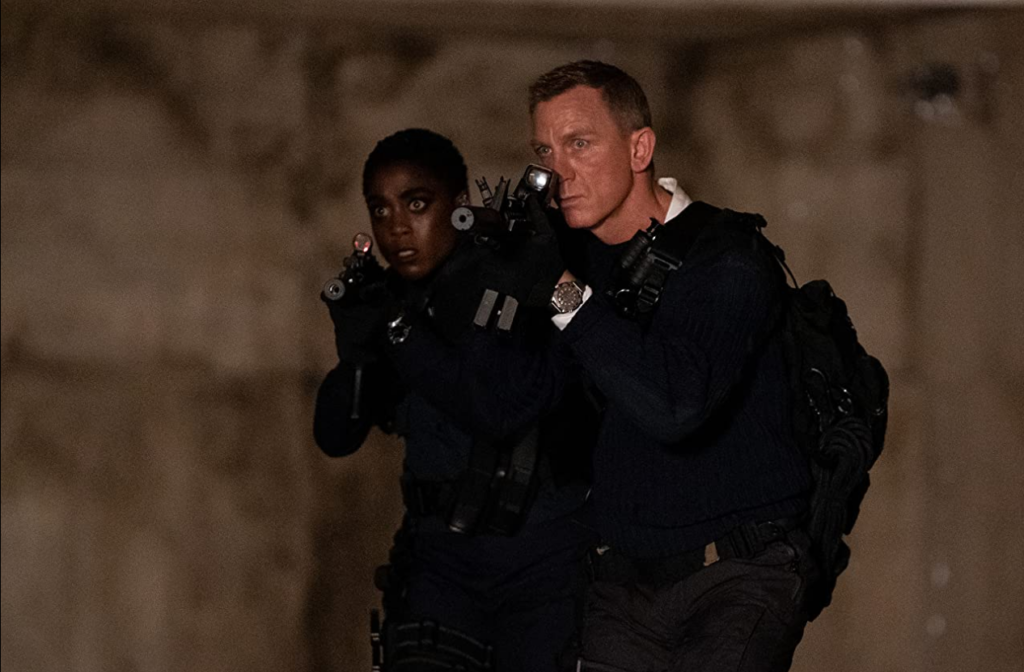
It isn’t surprising that Phoebe Waller Bridge’s rewrite doesn’t make No Time to Die one of the all time masterpieces. The female characters do have far more agency here, and they also know how to have fun. But thankfully the screenplay doesn’t use subversion as the only trope of storytelling. Each event that occurs at least character wise makes sense. No Time to Die is not going to be divisive because it is going to start a culture war.
It will invite discussion as to whether Bond’s character development throughout would be okay for fans. While Craig’s Bond still manages to convey the killing machine that he was, the blunt instrument he was famous for in “Casino Royale”, No Time To Die produces a far more vulnerable, a far more sentimental Bond, prone to acknowledging his mistakes. Bond’s relationship with his supporting cast too gives it an air of familiarity, of camraderie and of friendship. His last monologue to Malek’s character will invite discussion as to the brevity of Bond’s character, but personally I liked this take. It feels far more human than the suave Bond we are used to seeing.
The action set-pieces are definitively the strong highlights. The single take fight at the stairs would remind you of the John Wick and Atomic Blonde fight set-piece until you remember Fukunaga did it first in “True Detective”, and it shows. The chase scene through the forests of Norway, the fight at the party in Cuba, these alternate between cool and sometimes breathtaking in their imagery. This is Hans Zimmer’s only Bond score, and honestly it doesn’t really stand out in comparison to Thomas Newman’s score of Skyfall or even David Arnold’s in Casino Royale or Quantum of Solace. The cinematography by Linus Sandgren on the other hand is breathtaking at moments, especially the intimate moments between Madeline and James at dusk, with sunlight filtering through the windows.
However after looking at the movie as a whole the question arises – was a 2 hour and 43 minute runtime necessary? As it stands, in an effort to tie up loose strands and provide an emotional send-off to this iteration of Bond, a longer runtime felt apt. But the movie does feel especially bloated as a result, but never too boring. This however at its core is a send-off, which is a unique thing among the Bond films. None of the Bond actors so far had a final film acting as a swan song for their iteration; they are all effectively replaced. However the inter connectivity of all the Craig films in a single story arc had its advantages and disadvantages. For people looking for escapism and stand alone storytelling, this operatic “saga” form of storytelling can be a turn-off, but even with the weaker plot in it No Time to Die is ultimately a moving and emotional send-off for this iteration of Bond and the actor who plays him, and Craig knows the character intimately at this point, and thus he plays his heart out, especially in the final moments.
Rating – 3.5/5